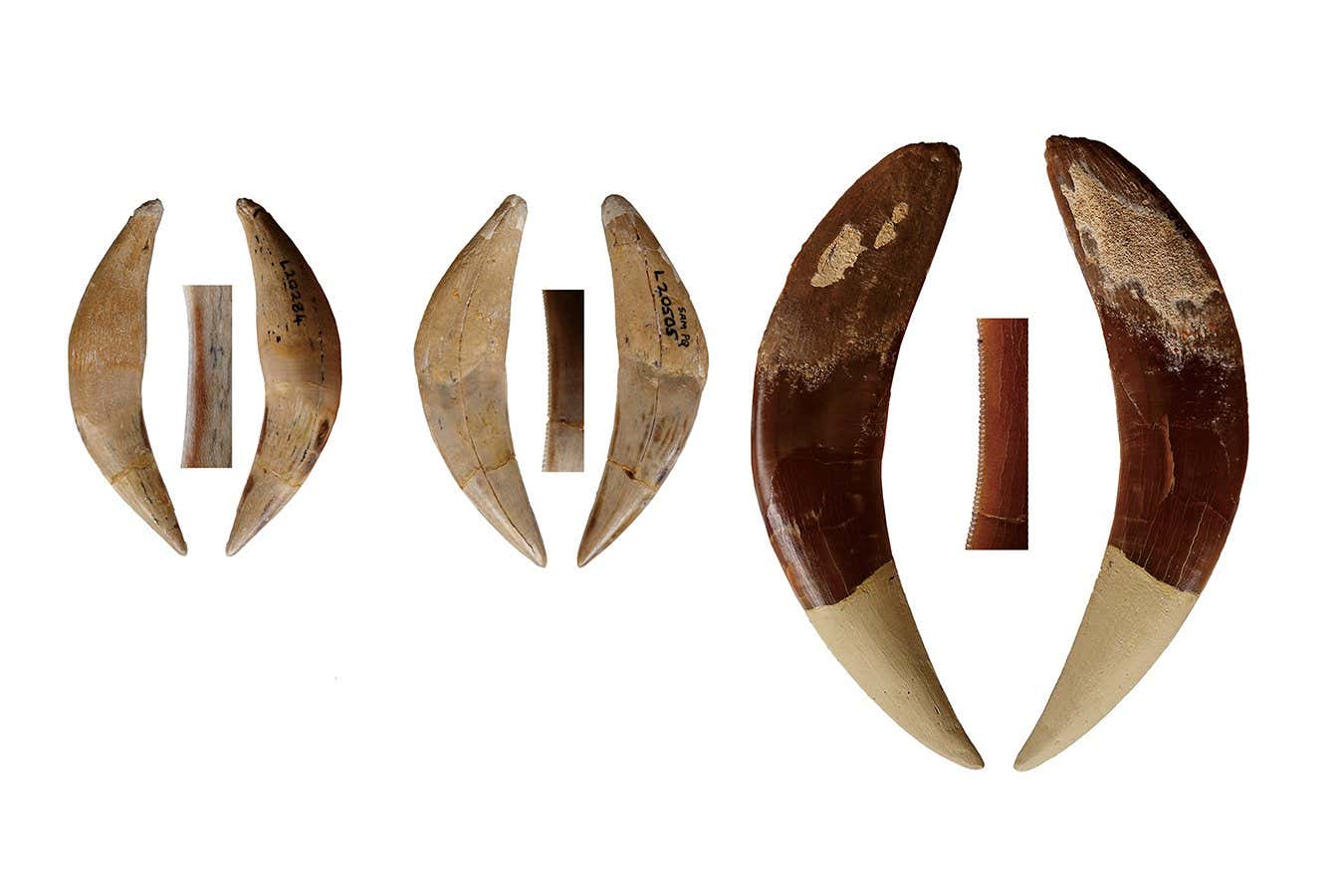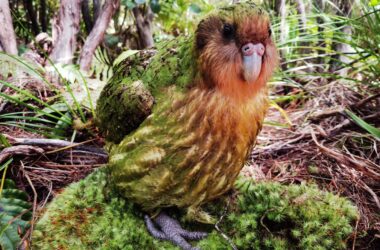Sabreteeth from fossils found in South Africa
iScience Jiangzuo et al.
Introduction
In a thrilling discovery, researchers have unveiled new insights into the world of prehistoric predators. Fossils found in South Africa have led to the identification of two previously unknown species of sabre-toothed cats. This finding suggests that Africa played a significant role in the evolution of these long-fanged felines. With this revelation, we delve into the intriguing world of sabre-toothed cats and their presence on the African continent.
The Enigmatic Sabre-Toothed Cats
Sabre-toothed cats, also known as sabre-toothed tigers or Smilodon, are one of the most iconic creatures from the Pleistocene epoch. These formidable predators existed between the Eocene and late Pleistocene epochs, approximately 56 million to 11,700 years ago. Renowned for their elongated, razor-sharp canine teeth, sabre-toothed cats were awe-inspiring hunters, occupying various ecological niches across the globe.
Unearthing Clues in South Africa
The revelation of two previously unknown species came to light thanks to the efforts of Alberto Valenciano and his colleagues from the Complutense University of Madrid in Spain. Their investigation focused on a vast collection of fossils discovered near Cape Town, South Africa. These fossils, excavated over four decades ago, provided nearly complete fragments of sabre-toothed cat skulls, jaws, and serrated teeth.
Meet Dinofelis werdelini
One of the newly identified sabre-toothed cat species is Dinofelis werdelini. This medium-sized feline, comparable in size to a jaguar, possessed larger canine teeth measuring just under 10 centimeters. Unlike other members of its genus, Dinofelis werdelini featured smaller teeth on the sides of its mouth. The skull shape, resembling that of a leopard, suggests that this cat was adept at ambushing its prey, likely dwelling in forested areas.
The Larger Runner: Lokotunjailurus chinsamyae
The second newfound species, Lokotunjailurus chinsamyae, stood out with its slender and elongated skull, indicating its potential as a fast runner. While not reaching the speeds of a cheetah, this sabre-toothed cat was likely swifter than a lion. What made this discovery particularly intriguing was the unexpected finding of a related cat in southern Africa. Previously, sabre-toothed cats from this genus had only been found in Kenya and Chad, making this revelation significant in understanding their distribution across the continent.
A Fascinating Journey Through Time
By analyzing the specific layers of earth where the fossils were found, researchers estimated that both cat species lived around 5 million years ago, during the early Pliocene Epoch. This timeframe implies that these cats might have coexisted with early hominins, our ancestors, adding an extra layer of fascination to their history. Furthermore, the researchers created the first published family tree of Africa’s 13 known sabre-toothed species, shedding light on their evolutionary relationships.
Possible Connections to Distant Lands
The study revealed an intriguing finding regarding the physical similarities between Lokotunjailurus chinsamyae and sabre-toothed cats from the same genus in southwestern China. This suggests the possibility of convergent evolution or a migration route between the two regions. Understanding such connections can unravel more about the ancient world’s dynamics and the dispersion of these incredible predators.
Conclusion
The discovery of two previously unknown sabre-toothed cat species in South Africa opens a window into the prehistoric world of fierce predators. These felines, with their impressive canines and diverse ecological adaptations, roamed the Earth millions of years ago. As we uncover more about their existence and interactions with their environment, the story of the sabre-toothed cats continues to captivate and inspire.
FAQs
Q: How many sabre-toothed cat species were discovered in South Africa?
A: Two previously unknown species, Dinofelis werdelini and Lokotunjailurus chinsamyae, were discovered in South Africa.
Q: What distinguished Dinofelis werdelini from other members of its genus?
A: Dinofelis werdelini had larger canine teeth and smaller teeth on the sides of its mouth, with a skull shape resembling that of a leopard.
Q: What unique characteristic did Lokotunjailurus chinsamyae possess?
A: Lokotunjailurus chinsamyae had a slender and elongated skull, indicating it was likely a fast runner.
Q: How long ago did these sabre-toothed cats live?
A: Both species lived around 5 million years ago, during the early Pliocene Epoch.
Q: What possible connection did researchers find between African and Chinese sabre-toothed cats?
A: Physical similarities between Lokotunjailurus chinsamyae and sabre-toothed cats from the same genus in southwestern China suggest convergent evolution or a migration route between the two regions.








